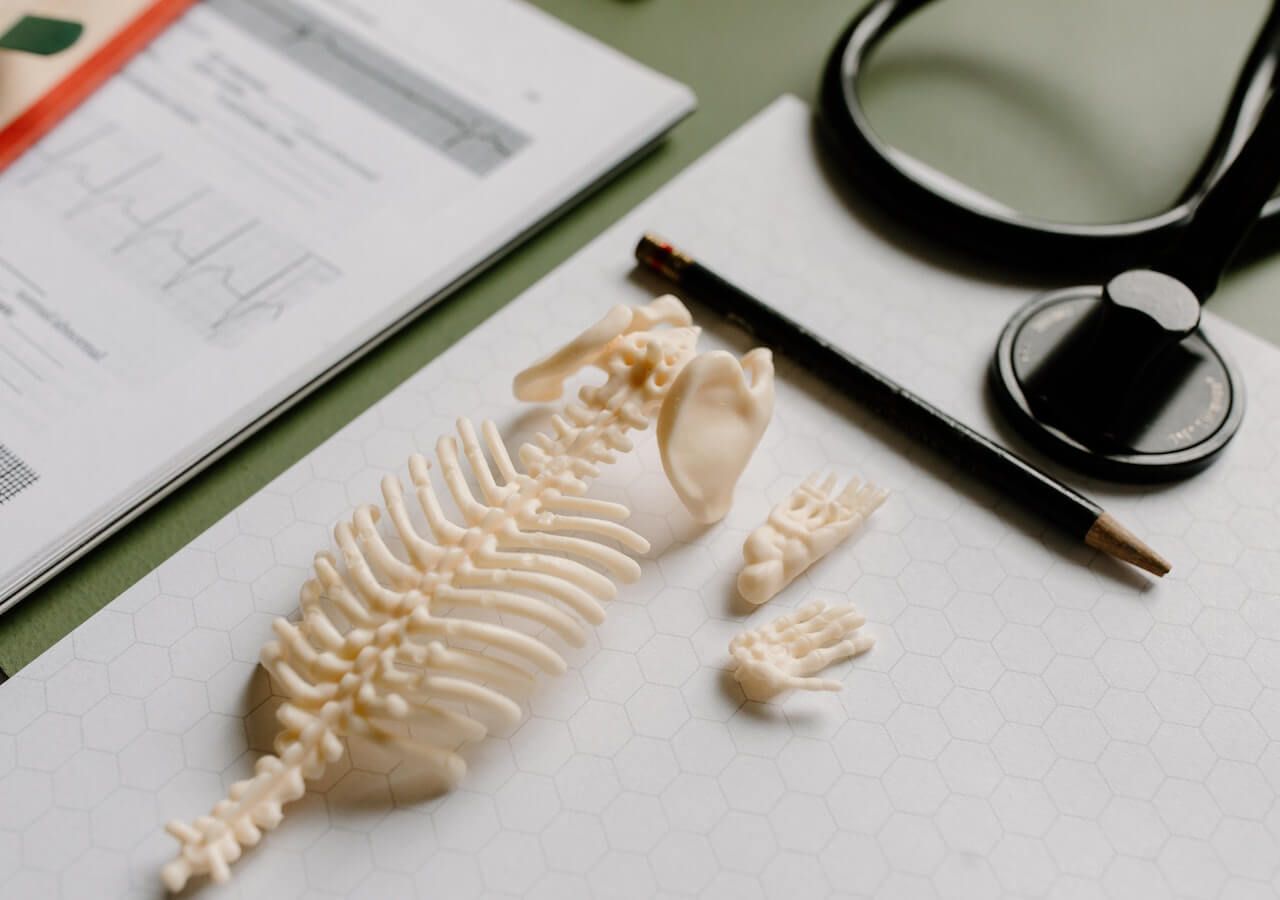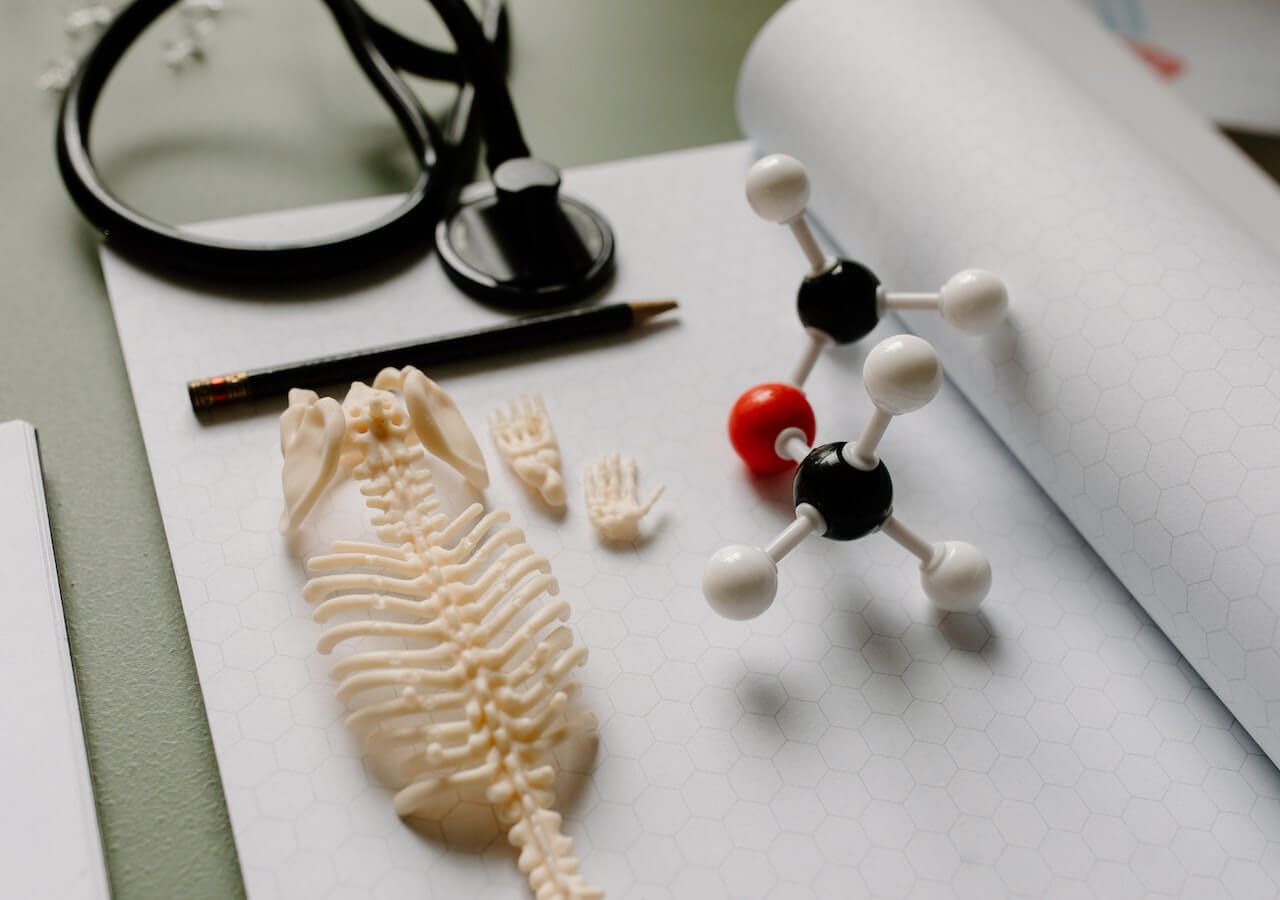How Many Years of College to Be a Doctor in 2025

Becoming a doctor is a path that requires dedication, determination, and a significant amount of investment in education and training. Becoming a doctor requires years of rigorous academic preparation, clinical training, and practical experience. If you’re considering diving into this career path, you might wonder how many years of school are required to become a doctor.
In this article from Bold.org, we’ll delve into the educational requirements for becoming a doctor, from obtaining an undergraduate degree to completing medical school and the additional internships and training necessary to practice medicine.
It’s no secret that becoming a doctor requires a significant financial commitment, from paying for an undergraduate degree to covering the cost of attending medical school. Luckily, healthcare scholarships for students interested in medicine can help reduce the financial burden of medical education.
Aspiring doctors can create a free Bold.org profile to start applying for hundreds of scholarships on our exclusive scholarship platform!

Undergraduate Degree: Laying the Foundation
Like many careers in the modern day, the road to becoming a doctor starts with obtaining a bachelor’s degree from a four-year undergraduate program.
While there is no strict requirement for a specific major in undergrad to enter medical school, most doctors pursue a degree in a science-related field, such as biology, chemistry, or biochemistry. These majors provide a strong foundation in the sciences, essential for understanding the complex medical concepts that prospective doctors will later encounter in medical school. Moreover, the requirements for these majors often overlap with the prerequisite requirements for applying to medical school.
While completing their undergraduate studies, aspiring doctors will also complete prerequisite courses for medical school admissions. These prerequisites or pre-med requirements include courses such as biology, chemistry, physics, and mathematics, as well as neuroscience, psychology, and biochemistry.
Get Matched to Thousands of Scholarships
Create your Bold.org profile to access thousands of exclusive scholarships, available only on Bold.org.
Create Free ProfileMany medical schools also require applicants to take humanities and social sciences courses, such as English literature and public health, to develop strong writing and critical thinking skills.
Maintaining a high GPA during your undergraduate education is crucial, as medical school admissions are highly competitive and often favor candidates with strong academic records. Students can further stand out in medical schools by being involved in healthcare-related extracurricular activities, such as working as a research assistant in medical research or volunteering at a hospital or free clinic.
Learn more about medical school prerequisites for pre-med students through this exclusive blog post!
Applying to Medical School
While finishing your undergraduate studies, applying to medical school is the next critical step to becoming a doctor. The medical school application process is highly competitive. It requires careful planning, thorough preparation, and attention to detail in the final years of undergraduate programs and during gap years after graduation.
Step 1: Research and Self-Assessment
The first step in the medical school application process is researching different medical schools and their programs to build a robust school list that matches the applicant’s interests and maximizes their chances of being accepted to medical school. While researching medical school programs, you should consider factors such as location, curriculum, and specialties offered, as well as options for financial aid and scholarships. The medical schools that you ultimately apply to should be a good match for your career aspirations and your budget.
Step 2: Prepare For and Take the MCAT
Once you’ve completed the prerequisite courses for medical school, it’s time to take the MCAT! The MCAT, or the medical college admission test, is a standardized test that assesses your knowledge of scientific concepts, critical thinking, and problem-solving skills.
Be sure to prepare for the MCAT well in advance, as your score plays a significant role in your competitiveness as a candidate. Various resources, study guides, and practice exams are available to help you succeed on the MCAT, beginning with the Association of American Medical Colleges’ MCAT Guide.

Step 3: Submit AMCAS Application
Most medical schools use the American Medical College Application Service (AMCAS) to streamline the application process. Necessary materials for the AMCAS application include transcripts, letters of recommendation, MCAT scores, and a personal statement. The personal statement is crucial in showcasing your passion for medicine, experiences, and reasons for pursuing a medical career. Be sure to take the time to draft a thoughtful personal statement and have your statement reviewed by friends and mentors.
Once you’ve gathered your necessary materials, you can complete the AMCAS application by filling out the sections for your personal information, academic history, work and activities, and more. Ensure to provide accurate and comprehensive information and submit your application by the designated deadline, usually in the late spring or early summer before the year you intend to start medical school.
Step 4: Complete Secondary Applications
After submitting the AMCAS application, many medical schools will send you secondary applications with additional essay prompts and questions. These secondary applications gauge your interest in their programs and assess whether you are a good fit for the program. Be sure to respond to these prompts thoughtfully and promptly to demonstrate your enthusiasm and interest in medical school.
Step 5: Interviews
If your application is competitive, you may receive interview invitations from medical schools. Interview formats for medical schools can vary and include traditional one-on-one interviews, panel interviews, or multiple-mini interviews (MMIs). Once you receive interview invitations, research common interview questions for medical school applications, practice your responses and prepare insightful questions to ask the interviewers.
Step 6: Await Decisions
After attending the interviews for medical schools, the final step is to wait for the medical schools’ decisions! Medical schools will communicate their decisions through various methods, such as email or online portals. You may receive acceptance, rejection, or placement offers on a waitlist.
Be prepared for different outcomes and remain patient throughout this phase. And remember, even if you are not accepted to medical school on your application process, you will have additional chances to apply to medical school in future application cycles.

Medical School: The Journey to an MD or DO
After completing your undergraduate degree and being accepted into medical school, the next step is to attend medical school and earn a Doctor of Medicine (MD) or a Doctor of Osteopathic Medicine (DO) degree. The MD and DO degrees are both equivalent in terms of training and qualifications, but DO programs place a stronger emphasis on holistic care and osteopathic manipulative treatment. In contrast, MD programs are generally more focused on medical research.
Medical school is a rigorous educational experience that typically lasts four years, although some students may need more time to graduate. The curriculum is designed to provide students with a deep understanding of human anatomy, physiology, pharmacology, pathology, and various medical specialties through a combination of classroom-based learning and clinical rotations.
The first two years of medical school are often focused on classroom-based learning, where students attend lectures, engage in small-group discussions, and participate in laboratory work to develop a solid theoretical foundation in medicine.
Students transition into clinical rotations in the latter two years of medical school. During this period, students gain exposure to different medical specialties, such as internal medicine, surgery, pediatrics, obstetrics, and gynecology. This hands-on training allows students to apply their theoretical knowledge in real-world clinical settings under the guidance of experienced physicians.
To finish medical school, medical students need to complete both the classroom-based learning and clinician experience components of their education and pass the necessary qualifying exams to earn an MD or DO.
Scholarships for medical students help reduce the cost of attending medical and give you the peace of mind to focus on your studies. Check out this blog post to learn more about how to get scholarships for medical school!
Residency Program: Gain Practical Experience
Upon graduating from medical school with an MD or DO degree, aspiring doctors must still be fully qualified to practice medicine independently. The next phase of their education involves completing a medical residency, which allows them to gain practical experience and specialized training in a specific medical field.
Medical residency programs vary in duration and requirements based on the chosen specialty. General practice medicine residencies might last around three years, while more specialized fields like surgery or neurology can require longer commitments. During their residency, doctors work closely with attending physicians and gain exposure to a wide range of patient cases, gradually taking on increasing levels of responsibility in patient care.
It’s important to note that residency programs are highly competitive, and the application process can be intense. Medical students submit applications to residency programs through the national residency matching program and, if selected, undergo interviews before being matched with a residency program.
The duration of the residency program, combined with the medical school years, means that doctors-in-training can spend six to eight years or more after their undergraduate program before practicing medicine independently.

Fellowship: Specializing Further
While completing a residency program prepares doctors for general practice in their chosen specialty, some doctors choose to pursue additional training through fellowships to specialize further. Fellowships are optional to become a doctor, but they allow doctors to delve deeper into a specific area of medicine, such as cardiology, oncology, or gastroenterology.
Fellowship programs vary in length, typically lasting one to three years. During this time, fellows work closely with experts in their chosen medical specialty, gaining advanced training and research experience. Fellowships are particularly valuable for those who aspire to become leaders in their field or engage in academic research alongside clinical practice.
Continuing Medical Education: Lifelong Learning
Even after completing medical school, residency, and potentially a fellowship, a doctor's education is never truly finished. Medicine is constantly evolving with new treatments, technologies, and research findings. To stay current and maintain their medical licenses, doctors must engage in continuing medical education (CME) throughout their careers.
Continuing medical education includes attending workshops, seminars, conferences, and online courses to keep up-to-date with the latest advancements in the field of medicine. This commitment to lifelong learning ensures that doctors provide the best possible care to their patients and remain knowledgeable about emerging medical trends.
Becoming a doctor is challenging and rewarding, leading to a fulfilling career dedicated to improving the health and well-being of individuals and communities. Scholarships for medical students can help reduce the financial burden of medical education, freeing up time and energy to focus on your studies.

Frequently Asked Questions About Becoming a Doctor
How long does it take to become a doctor?
The duration of the journey to becoming a doctor can vary depending on factors such as the chosen specialty and whether additional training, like fellowships, is pursued. On average, it takes around 11 years after completing an undergraduate degree to become a practicing physician, including medical school and residency. Including the time required to earn a bachelor's degree, the total time is 15 years.
However, more specialized fields and further training can extend this timeline. Evidently, becoming a doctor is a journey that demands significant time, effort, and dedication to education and training.
Can I become a doctor without completing a residency?
A residency program is a crucial medical education phase providing practical experience and specialized training. Completing a residency program is usually necessary to become a fully licensed and practicing doctor. Residency programs vary in duration based on the chosen specialty, but most residency programs typically last between three to seven years.
What is the difference between an MD and a DO?
Both MD (Doctor of Medicine) and DO (Doctor of Osteopathic Medicine) degrees can lead to becoming a doctor. The main difference lies in the philosophies and care approaches emphasized for each degree.
DO programs often emphasize holistic care, preventative medicine, and osteopathic manipulative treatment, which involves hands-on techniques to diagnose, treat patients, and prevent illness or injury. In contrast, MD programs have more of an emphasis on medical research.
Becoming a doctor is a multi-faceted journey that involves years of education, training, and dedication. From obtaining an undergraduate degree in a science-related field to completing medical school, residency, and potentially fellowships, aspiring doctors invest significant time and effort into their education to provide high-quality medical care to their patients.
Don't forget to create a free Bold.org profile today to browse available healthcare scholarships for aspiring physicians!